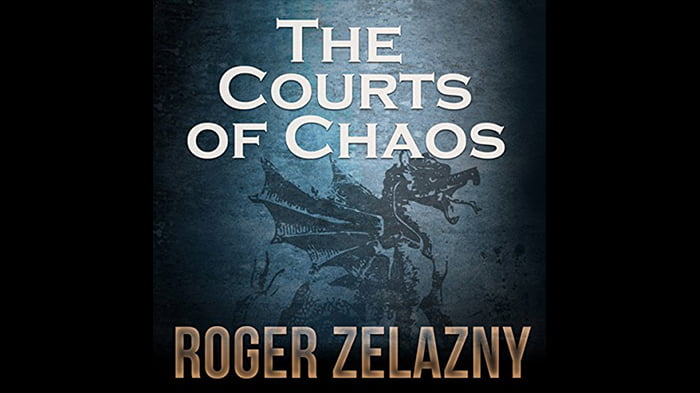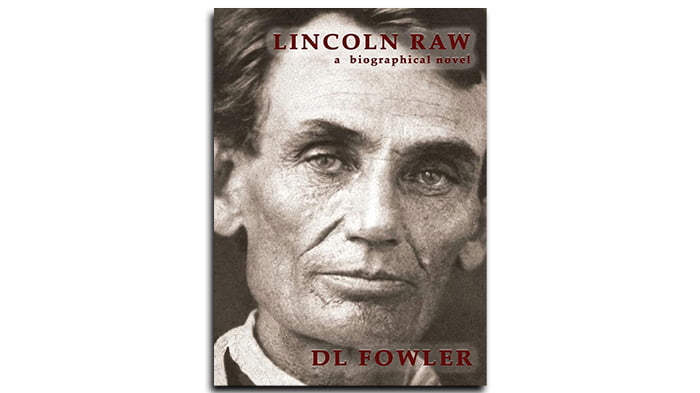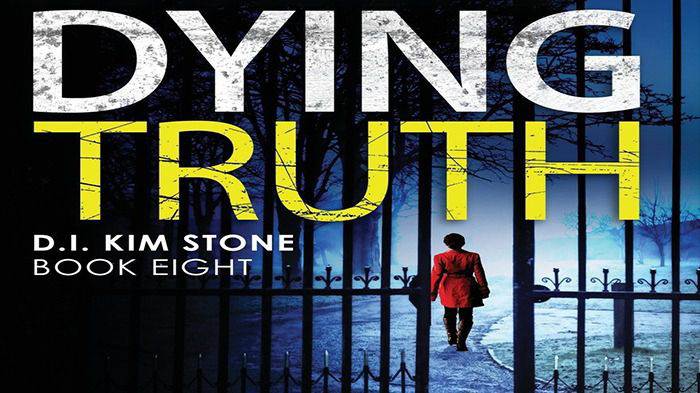In “Rage,” veteran journalist Bob Woodward offers a detailed and damning portrait of President Donald Trump’s handling of the COVID-19 pandemic, economic crisis, and racial unrest that defined the final year of his presidency. Drawing on 17 on-the-record interviews with Trump himself, as well as extensive interviews with firsthand witnesses and a trove of confidential documents, Woodward paints a picture of a president whose instincts, habits, and leadership style left the country in a precarious position during a time of unprecedented challenges.
Woodward’s reporting is as meticulous and unsparing as ever, shedding new light on key moments of the Trump presidency and the decision-making process (or lack thereof) behind the scenes. From the early warnings about the severity of the coronavirus threat to the president’s dismissive and combative response, Woodward documents the ways in which Trump’s personal and political instincts consistently overrode the advice of experts and the concerns of his own advisors.
One of the most striking aspects of “Rage” is the access Woodward was granted to the president himself. The 17 interviews, conducted over seven months, offer an unfiltered and often shocking glimpse into Trump’s mind, revealing a leader who is by turns dismissive, combative, and strangely self-doubting. These conversations, presented in vivid detail, are a testament to Woodward’s skill as an interviewer and his ability to get even the most guarded subjects to open up.
But “Rage” is more than just a chronicle of Trump’s failings during the crises of 2020. Woodward also delves into the early days of the Trump presidency, revealing the struggles of key figures like Secretary of Defense James Mattis, Secretary of State Rex Tillerson, and Director of National Intelligence Dan Coats to keep the country safe as the president dismantled traditional systems of national security decision making. These sections offer important context for understanding the roots of Trump’s leadership style and the challenges faced by those trying to work within his administration.
Perhaps the most shocking revelation in “Rage” is the exchange of 25 personal letters between Trump and North Korean leader Kim Jong Un, obtained by Woodward, in which Kim describes the bond between the two leaders as something out of a “fantasy film.” These letters, along with Woodward’s other reporting, paint a picture of a president who is easily swayed by flattery and personal relationships, often at the expense of sound policy and the advice of experts.
Throughout “Rage,” Woodward’s prose is crisp, clear, and unsparing. He presents the facts with a minimum of editorializing, allowing the words and actions of his subjects to speak for themselves. The result is a damning indictment of Trump’s leadership, but also a sobering portrait of the fragility of American democracy in the face of a president who is unwilling or unable to rise to the challenges of the office.
Overall, “Rage” is a must-read for anyone seeking to understand the Trump presidency and the crises that defined its final year. Woodward’s reporting is as essential as ever, offering an unprecedented glimpse behind the scenes of a White House in turmoil and a nation in crisis.
Rating: 5/5 stars
I’d love to hear from other readers in the Tokybook community. Have you read “Rage” or any of Woodward’s other books on the Trump presidency? What did you think of his reporting and the revelations contained within? Share your thoughts and reactions in the comments below.
 Skip to content
Skip to content









